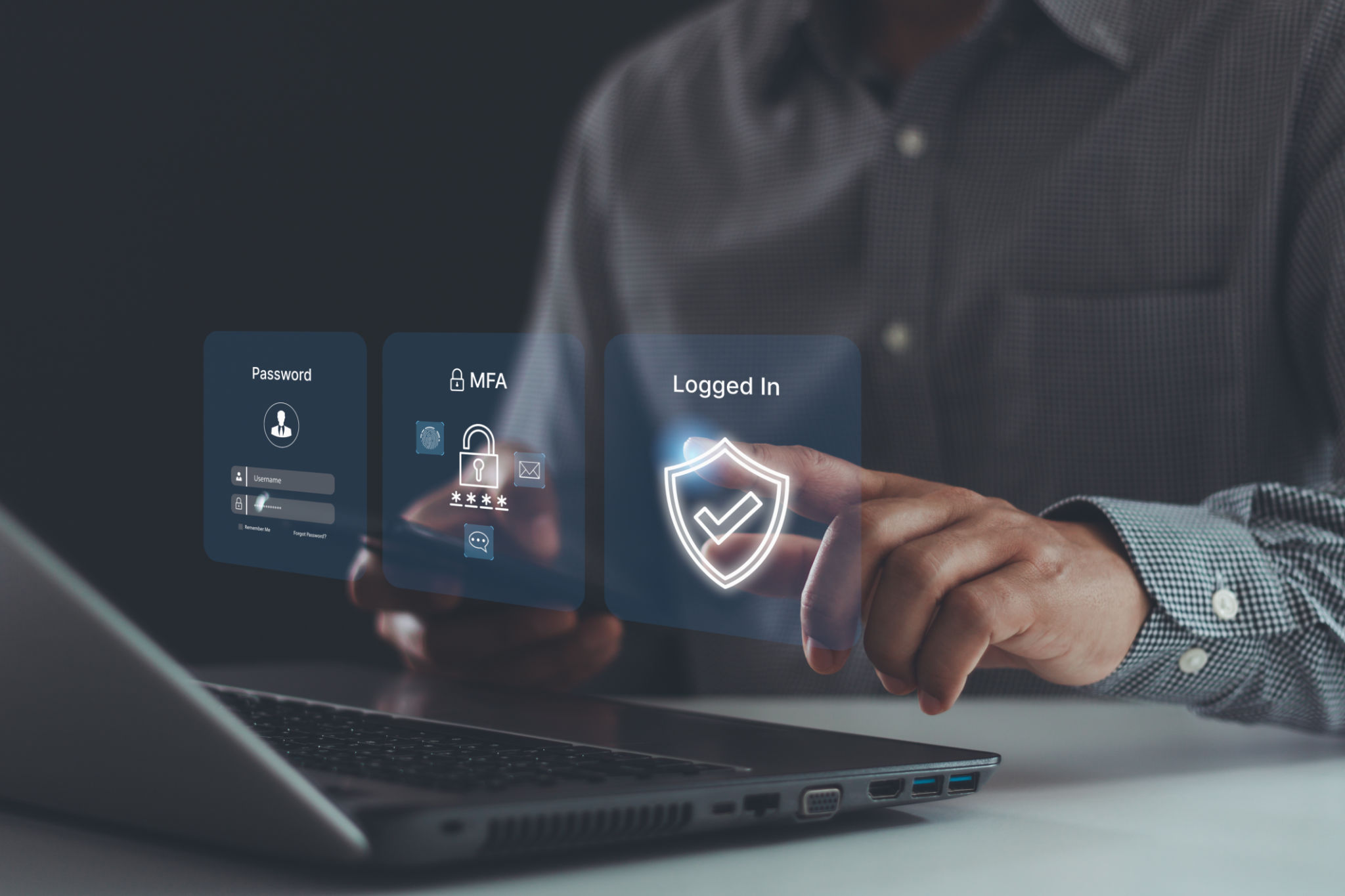Emerging Trends in Executive-Level Phishing Prevention
Understanding the Threat Landscape
In today's digital age, executive-level phishing attacks have become increasingly sophisticated, targeting high-ranking professionals with customized strategies. These malicious campaigns are often designed to bypass conventional security measures, making it crucial for organizations to stay ahead of the curve. Understanding the evolving threat landscape is the first step in developing effective prevention strategies.

Advanced Phishing Techniques
Phishers are employing advanced techniques such as spear phishing, where attackers customize emails to appear as though they are from trusted sources. They may use real names, job titles, and even mimic writing styles to increase credibility. Additionally, the use of social engineering tactics has grown, with attackers leveraging information from social media and professional networks to craft convincing messages.
Another emerging trend is the use of deepfake technology to create realistic audio and video messages. This adds a layer of complexity to phishing attempts, making it harder for executives to discern fraudulent communications from genuine ones.
Implementing Multi-Factor Authentication
One of the most effective ways to combat executive-level phishing is by implementing multi-factor authentication (MFA). By requiring additional verification methods beyond passwords, organizations can significantly reduce the risk of unauthorized access. MFA can include biometrics, one-time codes sent to mobile devices, or hardware tokens.

Employee Training and Awareness Programs
Training programs tailored to executives can help raise awareness about phishing tactics and improve their ability to identify suspicious communications. These programs should include regular updates on new threats and practical exercises that simulate real-world scenarios. Building a culture of cybersecurity awareness is essential for fostering a proactive approach to threat prevention.
The Role of Artificial Intelligence
Artificial intelligence (AI) is playing an increasingly pivotal role in phishing prevention. AI-powered tools can analyze vast amounts of data to detect anomalies and flag potential threats in real-time. By leveraging machine learning algorithms, these tools continuously adapt and improve their detection capabilities, providing an additional layer of security for executives.

Developing a Comprehensive Incident Response Plan
Despite best efforts, breaches can still occur. Having a well-defined incident response plan ensures that organizations can quickly and effectively address any security incidents. This plan should include clear protocols for communication, containment, and remediation efforts, minimizing potential damage and ensuring business continuity.
Fostering a Security-First Culture
Creating a security-first culture within an organization requires commitment from the top down. Executives must lead by example, prioritizing cybersecurity in every aspect of their operations. Regularly updating security policies and encouraging open communication about potential threats can help reinforce a proactive stance against phishing attacks.
In conclusion, staying informed about the latest trends in executive-level phishing prevention is crucial for safeguarding sensitive information and maintaining organizational integrity. By embracing advanced technologies, fostering awareness, and developing robust security protocols, businesses can effectively defend against these ever-evolving threats.
